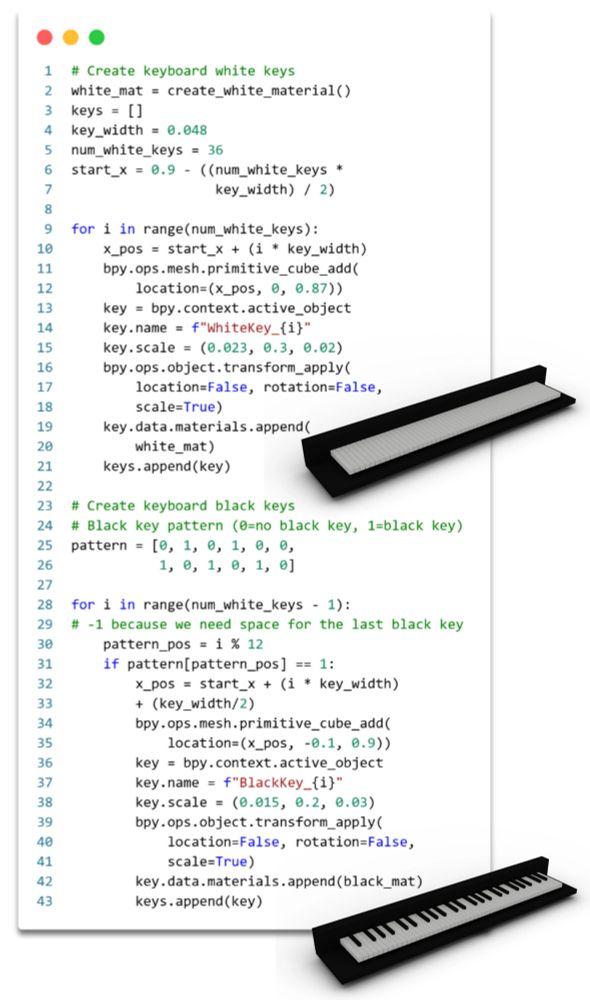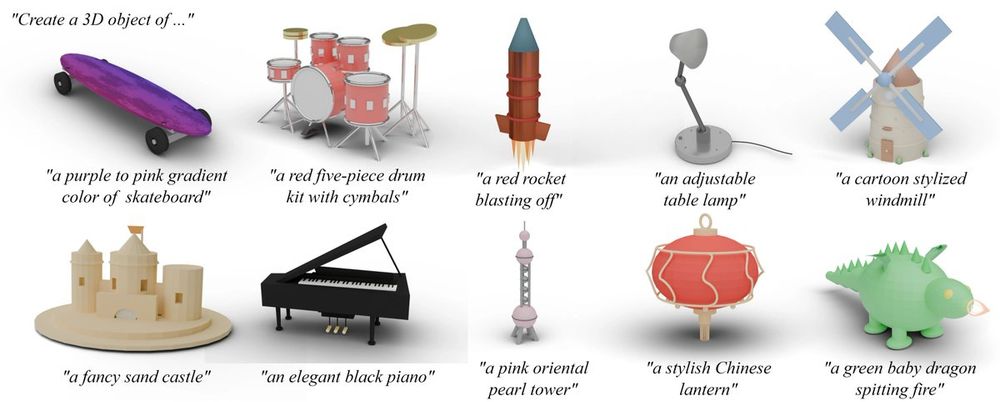Check out our paper: arxiv.org/abs/2508.08228
We’re still actively developing LL3M, and we’d love to hear your thoughts! 7/

Check out our paper: arxiv.org/abs/2508.08228
We’re still actively developing LL3M, and we’d love to hear your thoughts! 7/

1️⃣ Initial Creation → break prompt into subtasks, retrieve relevant code snippets (BlenderRAG)
2️⃣ Auto-refine → critic spots issues, verification checks fixes
3️⃣ User-guided → iterative edits via user feedback
5/

1️⃣ Initial Creation → break prompt into subtasks, retrieve relevant code snippets (BlenderRAG)
2️⃣ Auto-refine → critic spots issues, verification checks fixes
3️⃣ User-guided → iterative edits via user feedback
5/




